As the global awareness of environmental issues continues to rise, industries are increasingly seeking sustainable alternatives in their production processes. The paper cup industry is no exception, as the demand for single-use items increases significantly. Selecting environmentally friendly materials for paper cup production not only mitigates environmental impact but also meets consumer expectations for sustainability. This article explores various aspects of material selection in the production of paper cups, addressing biodegradable options, the role of recycling, and innovations in sustainable materials.
Understanding the Environmental Impact of Paper Cups
Paper cups are widely used in cafes, restaurants, and events due to their convenience. However, the environmental footprint of these cups is significant. Traditional paper cups are often lined with polyethylene, making them difficult to recycle and contributing to landfill waste. Understanding the lifecycle of paper cups, from production to disposal, is crucial for identifying sustainable practices. This knowledge helps manufacturers choose materials that minimize environmental impact while maintaining functionality.
Biodegradable Materials: A Sustainable Choice
One of the most promising advancements in paper cup production is the use of biodegradable materials. These materials, typically made from plant-based substances, decompose more easily than traditional plastics. For instance, cups made from PLA (polylactic acid), derived from corn starch, offer a viable alternative to conventional materials. They can break down under industrial composting conditions, thereby reducing waste in landfills. Manufacturers must ensure that the entire supply chain supports the use of biodegradable materials, from sourcing to end-of-life disposal.
Recycling: Enhancing Sustainability in Paper Cup Production
Recycling plays a crucial role in sustainability efforts. Although many paper cups are not recyclable in standard facilities due to their plastic lining, advancements in recycling technology are changing this landscape. Specialized recycling processes can now separate the plastic from the paper, allowing for the recycling of both materials. By collaborating with recycling facilities, manufacturers can improve the recyclability of their products and promote a circular economy. Implementing clearer labeling and consumer education initiatives can also enhance recycling rates.
Innovations in Sustainable Materials
Innovation is key to advancing sustainable practices in paper cup production. Research and development are leading to new materials that are both functional and environmentally friendly. For example, some companies are experimenting with coatings made from natural waxes or other bio-based substances that eliminate the need for polyethylene. These innovations not only reduce the environmental impact but also appeal to eco-conscious consumers. Continuous investment in research will be essential for developing new materials that meet safety and performance standards.
Consumer Awareness and Demand for Sustainable Options
Consumer awareness regarding sustainability has increased dramatically over the past few years. People are more mindful of their consumption patterns and the impact of their choices on the environment. This shift in consumer behavior is pushing businesses to adopt more sustainable practices, including using eco-friendly materials in paper cup production. Brands that prioritize sustainability not only attract environmentally conscious customers but also benefit from enhanced brand loyalty and market differentiation. Clear communication about the materials used and the benefits of sustainable practices is critical for building consumer trust.
Challenges in Implementing Sustainable Material Selection
Despite the clear benefits of selecting environmentally friendly materials, challenges remain in the paper cup industry. Cost is a significant factor; sustainable materials can be more expensive than traditional options. This price difference may deter some manufacturers from making the switch, especially smaller businesses with limited budgets. Additionally, supply chain complexities can hinder the widespread adoption of sustainable materials. Collaboration among stakeholders, including suppliers, manufacturers, and consumers, is essential to overcome these challenges and drive industry-wide change.
The Role of Regulations and Standards
Government regulations and industry standards play a vital role in promoting sustainable practices. Policies that encourage the use of biodegradable materials, support recycling initiatives, and mandate clearer labeling can significantly influence material selection in paper cup production. Regulatory frameworks can provide incentives for manufacturers to invest in sustainable technologies and practices. Engaging with policymakers to develop supportive regulations will be essential for fostering an environment conducive to innovation and sustainability in the industry.
Conclusion: Moving Towards a Sustainable Future
In conclusion, the selection of environmentally friendly materials for paper cup production is a multifaceted issue that encompasses technological innovation, consumer demand, regulatory frameworks, and collaborative efforts across the supply chain. By embracing biodegradable options, enhancing recycling processes, and investing in sustainable materials, the paper cup industry can significantly reduce its environmental footprint. As consumers continue to prioritize sustainability, the push for eco-friendly practices will only grow stronger. The future of paper cup production lies in the commitment to finding and implementing innovative solutions that align with the principles of sustainability, ultimately benefiting both the planet and society.




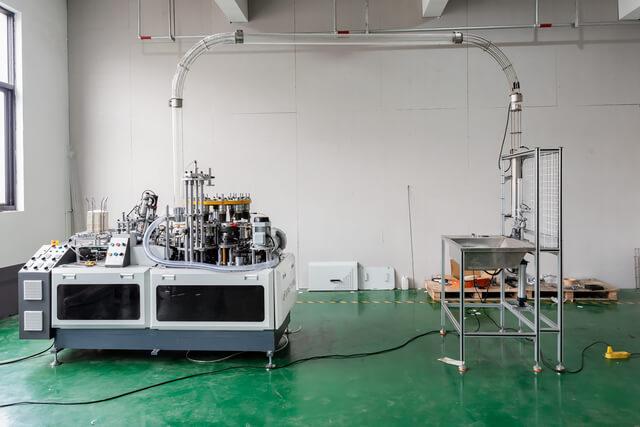
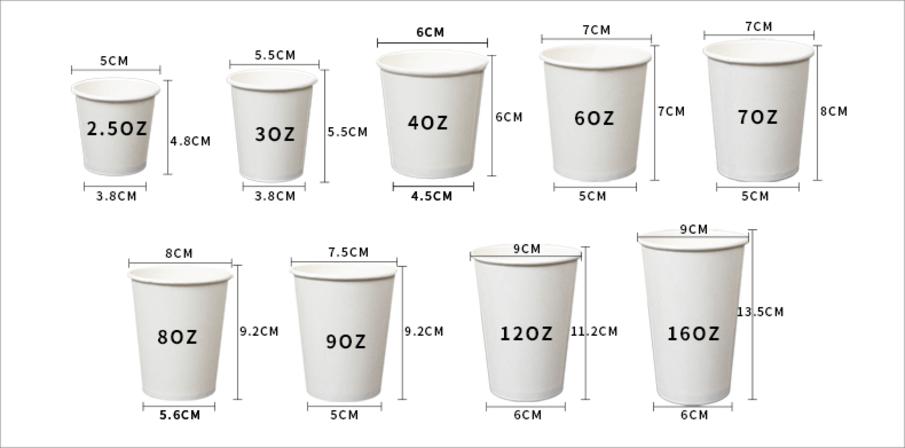

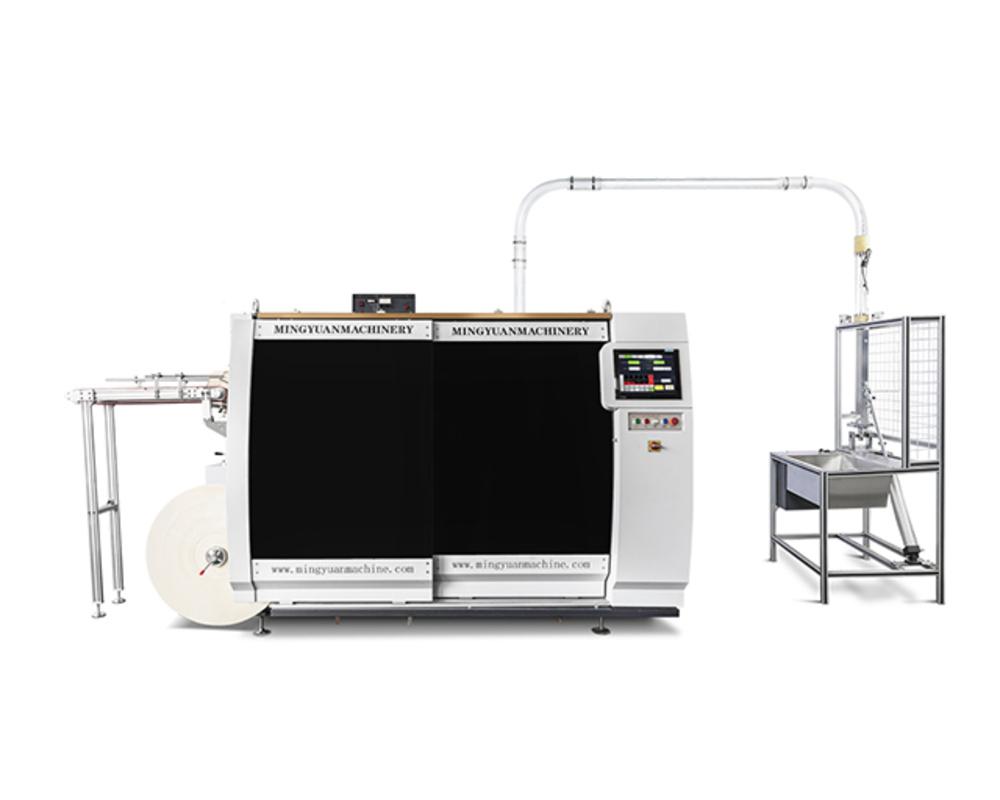
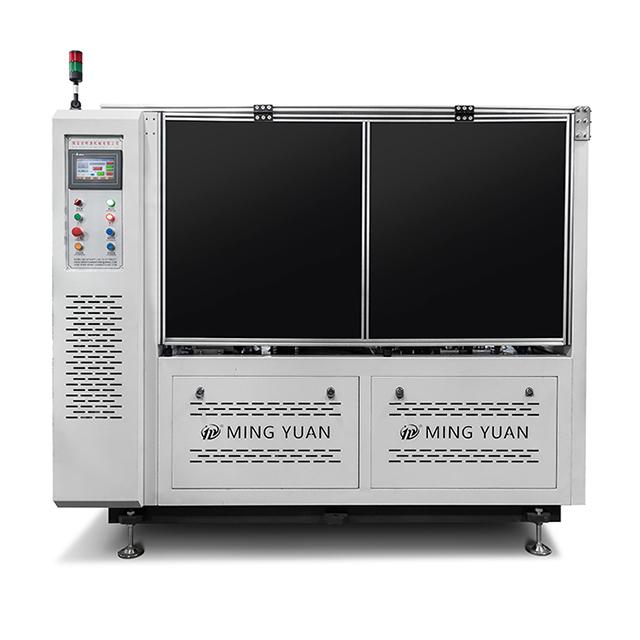

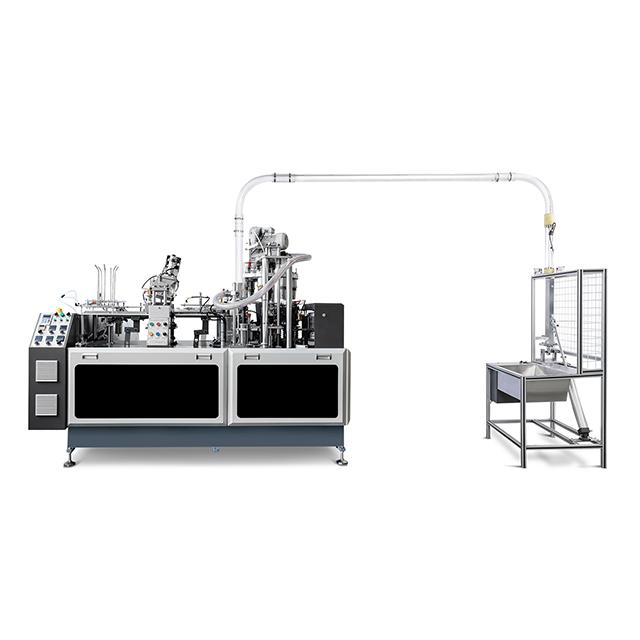

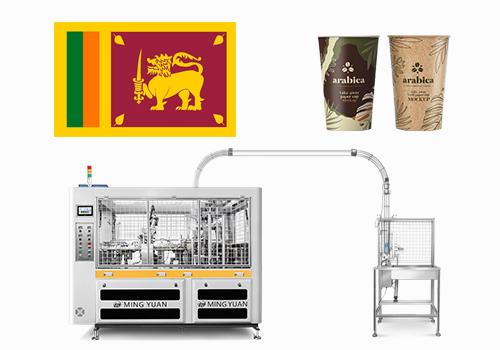
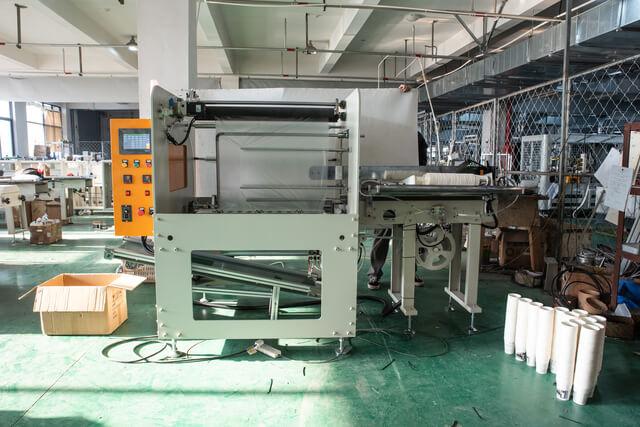


 Tel: +86-19057361870 / +86 577 65567060
Tel: +86-19057361870 / +86 577 65567060  Email: george@paper-cupmakingmachine.com
Email: george@paper-cupmakingmachine.com MP/WhatsApp: +86-19057361870
MP/WhatsApp: +86-19057361870 Manufacturer Address:No.1588, Huaming Road, Feiyun Street,Ruian City Zhejiang Province -325200 China
Manufacturer Address:No.1588, Huaming Road, Feiyun Street,Ruian City Zhejiang Province -325200 China




